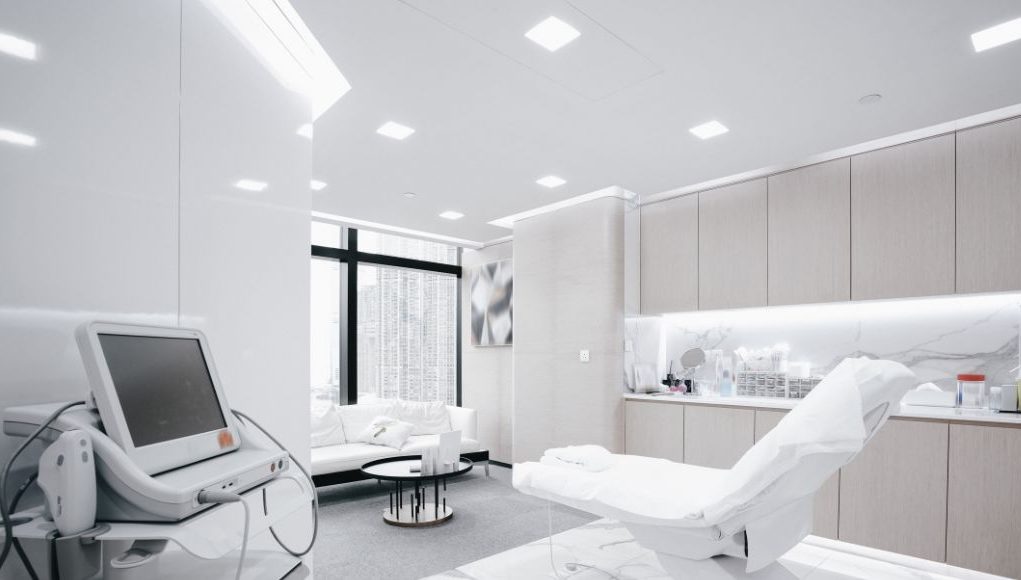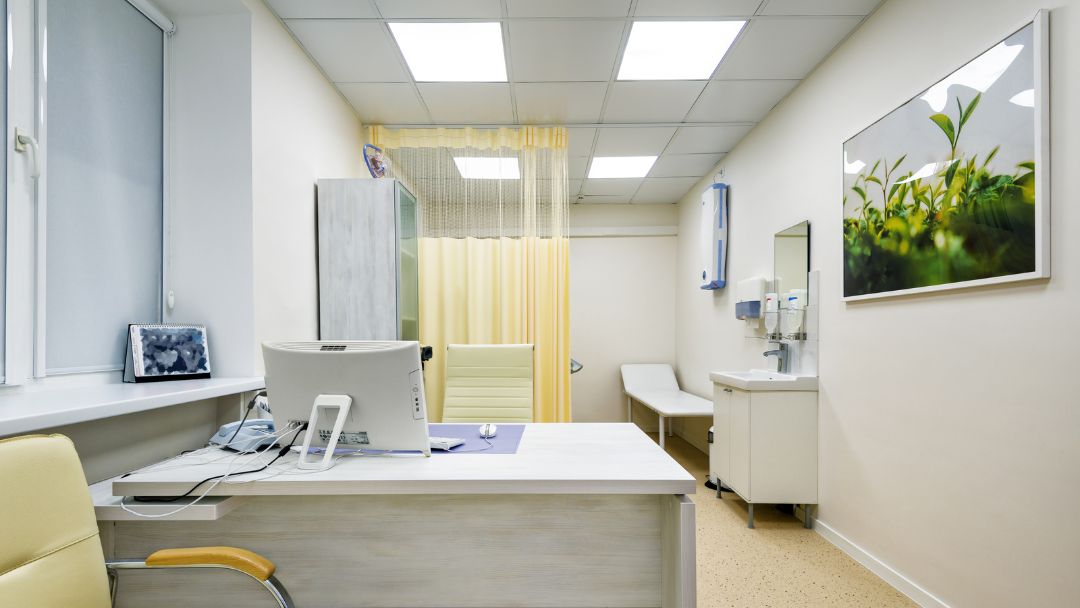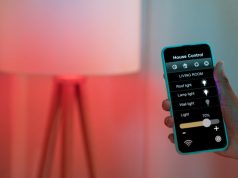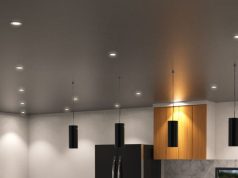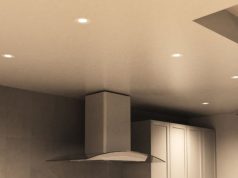Why is it Crucial for Specialist Healthcare Lighting to Meet UK Requirements?
The UK requirements for healthcare lighting aim to ensure that all healthcare facilities have proper lighting to promote optimal care. If you’re a medical clinic owner or someone in the same field, then you know how proper lighting is beneficial in the healthcare setting.
Specialised lighting for these environments directly impacts patient well-being, safety, hygiene, staff efficiency, and regulatory compliance. Without proper illumination, patient experience will suffer, staff performance will decline, and visibility and safety during critical procedures will be compromised.
That’s why, in this guide, we’ll show you all the key requirements and suitable lighting solutions to ensure that all healthcare environments have proper and adequate lighting throughout: emergency rooms, clinics, patient wards, offices, and operating rooms.
What are the Key Requirements for Healthcare Lighting in the UK?
If you’re handling a lighting project for a healthcare facility, you can’t just simply waltz into the building, snap some random lights into the ceiling and walls, and then call it a day. There are rules to follow and requirements to implement.
Make sure you consider all these things to better plan out your healthcare lighting system:
Lux Levels
Lux is the unit of measurement for illuminance, which is the amount of luminance that reaches a specific area or surface. This should not be mistaken for lumens, which is the total amount of brightness emitted by a light source.
As stated in the CIBSE guidelines for hospital lighting, different areas of the hospital need to meet certain lux levels to achieve adequate lighting. In the ward areas alone, they need different lux levels: general lighting (100 lux), patient reading (300 lux), and general nursing care (300 lux).
Lux level requirement for other significant areas:
- Operating table = 10,000 to 160,000 lux
- Operating theatre = 1,000 lux
- Hospital street = day: 150 lux, night: 50 lux
- Corridors = day: 200 lux, night: 50 lux
- Stairs = 150 lux
- Reception = 300 lux
- Enquiry desk (task area) = 500 lux
- Examination and consulting room = 500 lux
- Canteen tables = 200 lux
- Canteen serving counter = 300 lux
Colour Rendering Index (CRI):
A high CRI is essential in healthcare settings for accurate diagnosis and treatment. Faithful colour rendering is vital for assessing visual cues of various medical conditions, especially skin colour changes such as rash or cyanosis.
Good colour perception is also crucial for delicate surgical procedures where surgeons must differentiate between healthy and unhealthy tissues and blood vessels.
Colour Temperature
Recent studies have shown direct links between light colour and patient comfort, alertness, and overall healing. For example, warm-coloured lights make patients look healthier, increasing their morale.
Colour temperature also improves surgical precision and boosts the overall hospital experience.
The standard lamps used for general lighting are 4000K. In areas aiming to achieve a more home-like feel, a 2700K colour temperature can be used.
Glare Control
The EN 12464‐1 standard emphasises the importance of controlling glare in the hospital setting, specifically in areas like corridors where patients are transported from one location to another. Glare control is also crucial for task lighting to ensure the efficient performance of all visual tasks. Less glare means less eye strain, fatigue, and headache for both patients and staff.
Infection Control and Hygiene
Lighting fixtures in hospitals and other healthcare facilities should be easy to clean and maintain in order to prevent the spread of infections and diseases. Hospital and clinic lights should also be durable enough to withstand regular disinfectant cleaning. That’s why fixtures with high IP ratings using suitable materials are recommended so they are able to resist dust and moisture accumulation.
Emergency Lighting
Emergency lighting in healthcare facilities in the UK should be designed following BS 5266-1 and BS EN 1838 recommendations, upon the advice of the Department of Health’s HTM 06-01, which considers three areas for emergency lighting: escape, standby, and safety.
Escape: Provides illumination for people leaving the location.
Standby: Emergency lighting that enables normal activities to continue.
Safety: Provides brightness to protect the people on the premises when standard lighting fails.
Flicker-Free Lighting
Depending on one’s sensitivity, flicker can cause eye strain, fatigue, and in some cases, epileptic seizures. Even at levels below human visual perception, having flickers in your light source can cause discomfort. That’s why flicker-free fittings are crucial in healthcare settings. LED lights help reduce health risks associated with flickering lights by providing stable and consistent luminance.
Lighting Controls
Intelligent lighting options provide energy efficiency and create an adaptable healthcare environment in UK hospitals and clinics by optimising light use based on brightness levels (dimming), occupancy (sensors), and time of day (scheduling/automation). Some systems can even mimic natural daylight, which helps to regulate patient sleep-wake cycles.
Which Lighting Solutions Best Meet UK Healthcare Requirements?
Examination and Procedure Lighting
When it comes to examinations and procedures in hospitals, precision and accuracy are the key to correct assessment and diagnosis. High-intensity, adjustable, and shadow-free lights like floor-stand examination lights, pen lights, and wall-mount exam lights are suitable for exam room use.
Operating Theatre Lighting
Surgical light heads typically have light intensities that don’t fall below 10,000 lux but don’t exceed 160,000 lux. CRI should be 100 or higher for accurate colour depiction, and the lights are designed for easy cleaning and disinfection. Adjustability and manoeuvrability also allow for precise light control in order to adapt to the needs of the surgical procedure.
Patient Ward Lighting
Lighting in patient wards encompasses the needs of both the patients and the medical staff. Proper lighting can help reduce anxiety and stress, promote better sleep, and provide a comfortable healing environment. The medical and nursing staff also benefit from good lighting by preventing eye strain and fatigue, allowing for more precise care.
General Ambient Lighting
Suitable energy-efficient and comfortable ambient lighting solutions for corridors, waiting areas, and reception areas in UK healthcare facilities are a combination of natural light integration, LED lighting, and dimming control.
Some good choices for general healthcare lighting are LED panel lights, linear lights, and recessed downlights. Simple Lighting has a wide selection of high-quality LED lights perfect for hospital waiting areas, reception, and corridors.
Task Lighting
Adjustable task lights are helpful for nurses and other healthcare professionals in fulfilling their duties. It allows for adequate illumination while minimising glare. The focused illumination also helps the medical staff with accurate medical preparations, chart reading, and other procedures.
Anti-Microbial Lighting
With current technological advances, light usage has expanded from just illuminating spaces to effective and continuous prevention of microbial growth and spread, especially in the healthcare industry, which is considered a high-risk setting. Some antimicrobial lights boast up to 90% reduction of active bacteria in controlled laboratories. These lights are best used in high-traffic areas or areas with a lot of hand-to-surface touching involved.
Emergency Lighting
Healthcare emergency lighting should adhere to BS 5266-1 standards for design, installation, and maintenance, and BS EN 1838 for performance criteria. Compliant emergency lights are used in escape routes, open areas, high-risk task areas, LED signages, and spotlights.
Having functioning emergency lights in the healthcare setting can mean a world of difference between safe evacuation, injury, or worse, death.
Ensuring Compliance with UK Healthcare Lighting Standards
Adhering to UK healthcare lighting standards like HTM 06-01, BS EN 1838, and BS 5266-1 ensures that healthcare providers follow a framework that allows them to create an environment that promotes the well-being and safety of their patients.
Non-compliance with these regulations can potentially put patients’ safety at risk, disrupt hospital services and operations, and worse, incur legal and financial penalties that could possibly damage the economic standing and reputation of the healthcare facility.
Why Partner with Experts for Healthcare Lighting?
Specialist lighting designers and suppliers can ensure compliance with complex UK regulations by making sure that all your lighting choices and preferred installation methods are well within the standards of these regulations.
Lighting experts can also help you design lighting plans that consider the unique needs of each part of the healthcare facility, from patient care to staff desks to operating rooms.
Furthermore, specialists can help you optimise your energy consumption and help point you to energy-efficient solutions and lighting options to reduce costs.
Need Compliant and Effective Healthcare Lighting Solutions?
Simple Lighting has a wide range of regulation-compliant lighting solutions to help you get started with your healthcare lighting needs. We have a team of knowledgeable experts who can guide you towards achieving your goal for optimal healthcare lighting.
Illuminating UK Healthcare with Expertise and Compliance
Proper lighting solutions are crucial for the well-being of patients and staff in healthcare facilities. Complying with regulations is essential to preserving a safe environment in the healthcare setting. This not only boosts staff performance but also promotes better healing for patients. Compliance also keeps the facility’s records clean and away from potential legal and financial repercussions.
Simple Lighting offers the first step to a positive healthcare experience: high-quality, compliant lighting solutions. Check out our wide list of products today!


